
-
Find the right food for your petTake this quiz to see which food may be the best for your furry friend.Find the right food for your petTake this quiz to see which food may be the best for your furry friend.Featured products
 Hill's Science Diet Adult Oral Care Chicken, Brown Rice & Barley Recipe Dog Food
Hill's Science Diet Adult Oral Care Chicken, Brown Rice & Barley Recipe Dog FoodClinically proven kibble technology to reduce plaque & tartar build-up
Shop Now Adult 7+ Small & Mini Chicken & Brown Rice Recipe Dog Food
Adult 7+ Small & Mini Chicken & Brown Rice Recipe Dog FoodFor the unique nutritional needs of mature Small & Mini dogs
Shop Now Adult Small & Mini Lamb Meal & Brown Rice Recipe Dog Food
Adult Small & Mini Lamb Meal & Brown Rice Recipe Dog FoodFor the faster metabolism of Small & Mini dogs
Shop NowFeatured products Adult Urinary Hairball Control Chicken & Rice Recipe Cat Food
Adult Urinary Hairball Control Chicken & Rice Recipe Cat FoodActively supports the health of the whole urinary system
Shop Now Adult Indoor Chicken Recipe Cat Food
Adult Indoor Chicken Recipe Cat FoodSupports energy level and beautiful fur in indoor cats
Shop Now Hill's Science Diet Adult Sensitive Stomach & Skin Dog Food
Hill's Science Diet Adult Sensitive Stomach & Skin Dog FoodHighly digestible recipe, gentle on stomachs. Nourishes skin & promotes a lustrous coat
Shop Now -
Featured articles
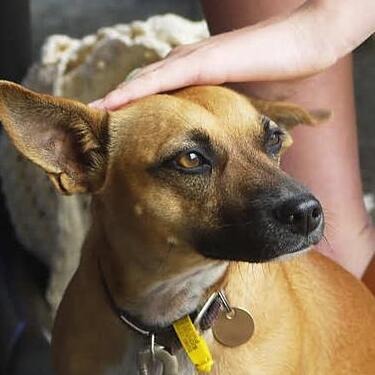 15 Pet-Friendly Cities Ideal for a US Road Trip
15 Pet-Friendly Cities Ideal for a US Road TripCheck out our list of pet-friendly U.S. cities that are excellent travel options, offering off-leash dog parks and pet-friendly restaurants & hotels.
Read More Easy DIY Dog & Cat Toys: Nine of Our Favorites
Easy DIY Dog & Cat Toys: Nine of Our FavoritesBrowse this comprehensive guide for several of our favorite DIY dog and cat toys that are sure to put a little pep in your pet's step.
Read More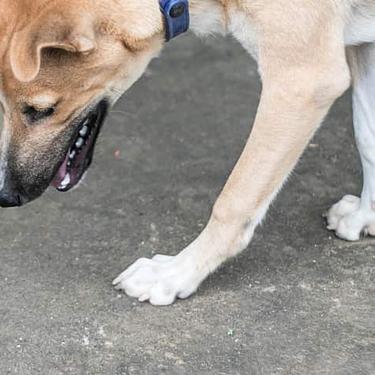 My Pet Ate a Lizard — What Should I Do?
My Pet Ate a Lizard — What Should I Do?Learn what to do if your pet eats a lizard, including whether they can be toxic and symptoms to keep an eye on when they've swallowed one.
Read More -


A few years ago, the journal Frontiers in Psychology confirmed what pet parents already knew: that positive interaction with animals reduces stress in humans. This is great news for your health and longevity, but if you have a cat, you may wonder if the feeling is mutual. Do cats like to be petted? Do cats like to be held as much as we like to hold them?
If you do it correctly, the answer is yes. Many cats, despite the common and persistent myth that they are aloof, welcome affection from their people. In fact, petting and holding your cat helps build a loving relationship between the two of you.
Approaches to Petting
Petting your cat can be a tricky business. It's easy to misread a kitty's signals and end up touching her the wrong way or in a spot where she doesn't like to be touched.
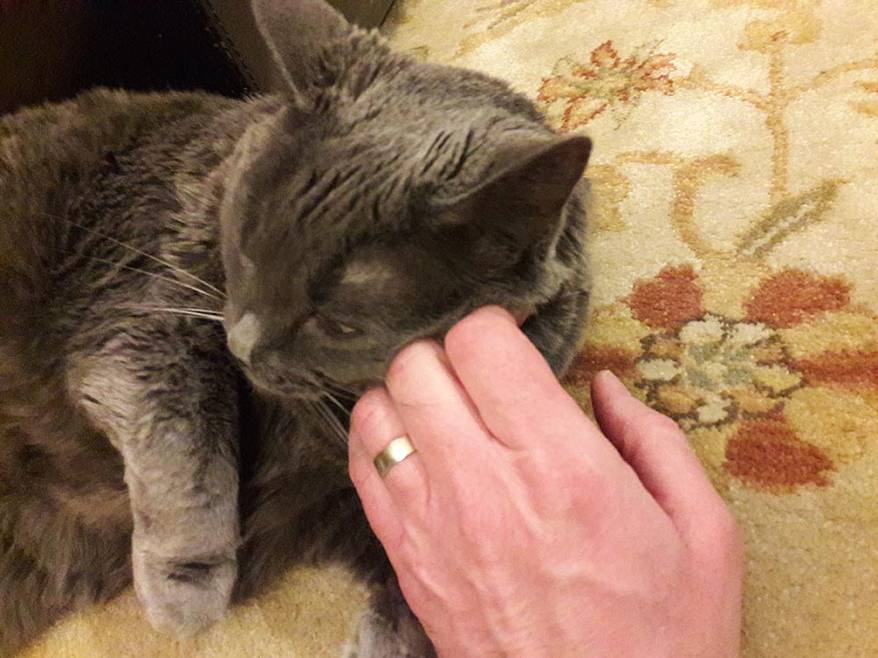
Let's say, for example, they roll around on the floor and expose their tummy. This is their way of showing that they trust you. If you try to rub your cat's angelic belly fluff, however, they'll probably respond with a scratch or a bite. You may think (with good reason) that your cat hates you, or that it's their way of telling you they don't want to be petted at all. In reality, they're telling you that they just don't want you to pet them right there, right now. Some cats do love a good belly rub, explains Petful, but you have to approach it with finesse, and only when they're calm and relaxed.
In 2013, a study from the journal Physiology & Behavior was widely misrepresented as proof that petting cats stresses them out. John Bradshaw, director of the Anthrozoology Institute at the University of Bristol, England reassures National Geographic that it was something in the cats' lives and not the act of petting that contributed to the animals' anxiety. (The experiment actually looked at how cats that live alone experience stress differently from those in multi-cat households.) Petting can comfort your kitty, so go ahead and snuggle up.
Head, Shoulders, Cheeks and Nose
So, in which places do cats like to be petted? The head, chin and neck are often their favorites. While some cats enjoy having their tails touched, others will recoil and even experience pain from a tail stroke. Take it slowly, paying close attention to your cat's reactions to your touch and always respecting their preferences.
When approaching your kitty, the most important trick is to allow them to take the lead. Let your cat sniff your index finger and touch their nose against it first. If they want to cuddle, they'll push their face against your hand and direct you to their ears, chin or wherever they want to be petted. Going slowly will create a more relaxed, warmhearted environment. If they start nudging you with their head or rubbing their cheeks against your body, it's a good sign, says The Spruce Pets. "Bunting" behavior is how cats transfer the scents in their cheek glands to beloved surroundings and family members.
In addition to being petted, do cats like to be held? Sometimes. Most cats love to snuggle, and they're typically responsive to being held if you introduce them to it gradually. The best way to approach your cat for a hug is to start with a few soft pets, then carefully pick them up. Be sure to secure all four of their legs so that they don't dangle. If they feel safe in your arms, they'll be more inclined to stay there. If they squirm and want to get away, set them down gently and try again later. Learning to snuggle takes baby steps (and occasionally a tasty reward for not mauling your arms on the way down).
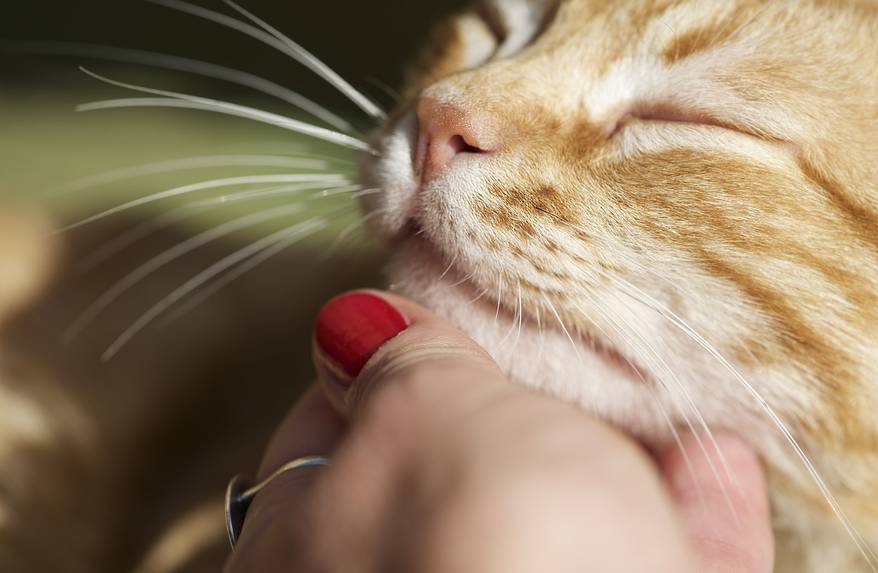


Tasty Tips
Does Breed Matter? What About Age?
Some cat breeds are more receptive to pets and hugs than others. The Siamese, for example, is a playful and fun-loving breed that will demand attention from you, as will the affectionate Ragdoll.
Don't be alarmed if your cat resists physical attention. It may just be part of their personality or upbringing. If a kitten isn't socialized with humans at an early age, they may be reluctant to accept affection. They may also need more coaxing if you adopt them as an adult and don't know their backstory. You can acclimate your kitty using some of the strategies above, but some cats simply don't enjoy being picked up, preferring to be a nestle-next-to-you cat instead of a lap cat.
Building trust is a gradual process in any relationship. When you invest your love and affection, you'll be rewarded with a feline best friend (and maybe even the opportunity to give a belly rub).


Christine O'Brien is a writer, mom, and long-time cat parent whose two Russian Blues rule the house. Her work also appears in Care.com, What to Expect, and Fit Pregnancy, where she writes about pets, pregnancy, and family life. Find and follow her on Instagram and Twitter @brovelliobrien.
Related products
Related articles
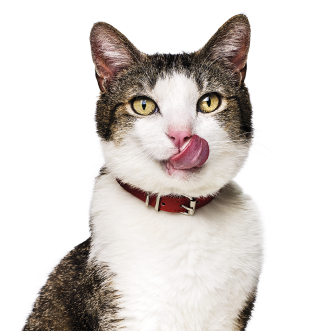
Put your cat on a diet without them knowing
Our low calorie formula helps you control your cat's weight. It's packed with high-quality protein for building lean muscles, and made with purposeful ingredients for a flavorful, nutritious meal. Clinically proven antioxidants, Vitamin C+E, help promote a healthy immune system.
Put your cat on a diet without them knowing
Our low calorie formula helps you control your cat's weight. It's packed with high-quality protein for building lean muscles, and made with purposeful ingredients for a flavorful, nutritious meal. Clinically proven antioxidants, Vitamin C+E, help promote a healthy immune system.

